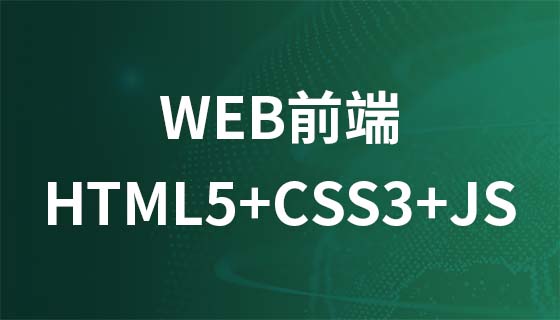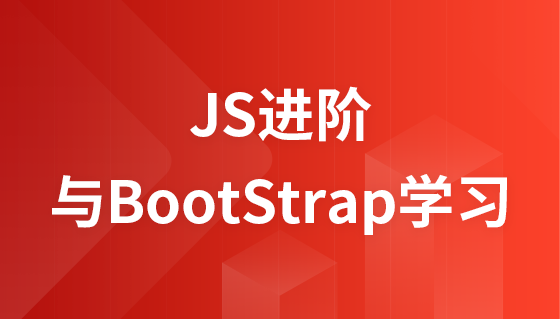
在go语言中处理来自外部源的json数据时,我们经常会遇到数据结构不完全固定,或者某些字段的内部结构根据其他字段的值而变化的情况。encoding/json包是go处理json的核心工具,但正确地映射和访问这些动态或嵌套属性需要特定的策略。
当JSON数据的某个部分结构不固定,或者其键名在编译时未知时,将其解析到map[string]interface{}类型是一个非常灵活的选择。例如:
type Frame struct {
Type string `json:"type"`
Value map[string]interface{} `json:"value"`
}
var data Frame
// 假设JSON数据为:
// {
// "type": "image",
// "value": {
// "Imagedata": "some_filename.jpg",
// "Size": 1024
// }
// }
// json.Unmarshal(jsonData, &data)在这种情况下,data.Value是一个map[string]interface{}类型。Go语言中的结构体字段使用点(.)运算符进行访问,而map的元素则使用方括号([])和键名进行访问。因此,尝试使用data.Value.Imagedata来访问Imagedata字段会导致编译错误,因为编译器认为Value是一个map,而不是一个拥有Imagedata字段的结构体。
正确的访问方式是将其视为一个map:
if data.Type == "image" {
// 访问map中的键
if imageData, ok := data.Value["Imagedata"]; ok {
fmt.Printf("Image data found: %v\n", imageData)
} else {
fmt.Printf("Imagedata key not found in Value map.\n")
}
}类型断言:提取具体值
立即学习“go语言免费学习笔记(深入)”;
map[string]interface{}中的值类型是interface{}。这意味着你不能直接对其进行字符串操作或数学运算,需要进行类型断言将其转换为具体的类型。
if data.Type == "image" {
if imageDataInterface, ok := data.Value["Imagedata"]; ok {
// 进行类型断言,尝试转换为string
if imageDataString, isString := imageDataInterface.(string); isString {
fmt.Printf("Image filename: %s\n", imageDataString)
} else {
fmt.Printf("Imagedata is not a string, actual type: %T\n", imageDataInterface)
}
}
if sizeInterface, ok := data.Value["Size"]; ok {
// 进行类型断言,尝试转换为float64 (JSON数字默认解析为float64)
if sizeFloat, isFloat := sizeInterface.(float64); isFloat {
fmt.Printf("Image size: %.0f bytes\n", sizeFloat)
} else {
fmt.Printf("Size is not a float64, actual type: %T\n", sizeInterface)
}
}
}注意事项:
对于结构相对固定,或者可以通过条件判断确定其具体结构的JSON数据,定义显式结构体是更推荐的做法。这提供了编译时类型检查,减少了运行时错误,并提高了代码的可读性和可维护性。
Go语言提供了两种主要方式来定义嵌套结构:匿名嵌套结构体和独立结构体。
当嵌套结构只在父结构体的一个特定字段中使用,且不希望为其定义一个独立的类型名称时,可以使用匿名结构体。
type FrameWithAnon struct {
Type string `json:"type"`
Value struct { // 匿名结构体
Imagedata string `json:"image_data"` // 注意JSON tag,如果JSON键名不同
Width int `json:"width"`
Height int `json:"height"`
} `json:"value"`
}
// 假设JSON数据为:
// {
// "type": "image",
// "value": {
// "image_data": "another_filename.png",
// "width": 800,
// "height": 600
// }
// }
// var dataAnon FrameWithAnon
// json.Unmarshal(jsonData, &dataAnon)
// 访问方式:
fmt.Printf("Image data: %s\n", dataAnon.Value.Imagedata)
fmt.Printf("Image dimensions: %dx%d\n", dataAnon.Value.Width, dataAnon.Value.Height)这种方式简洁明了,特别适用于嵌套层级较浅且内部结构相对简单的情况。
当嵌套结构可能在多个地方复用,或者其内部结构较为复杂时,将其定义为一个独立的结构体类型会使代码更清晰。
// 定义一个独立的ImageValue结构体
type ImageValue struct {
Imagedata string `json:"image_data"`
Width int `json:"width"`
Height int `json:"height"`
}
type FrameWithSeparate struct {
Type string `json:"type"`
Value ImageValue `json:"value"` // 使用独立的结构体类型
}
// 假设JSON数据与上面匿名结构体示例相同
// var dataSeparate FrameWithSeparate
// json.Unmarshal(jsonData, &dataSeparate)
// 访问方式:
fmt.Printf("Image data: %s\n", dataSeparate.Value.Imagedata)
fmt.Printf("Image dimensions: %dx%d\n", dataSeparate.Value.Width, dataSeparate.Value.Height)JSON Tag (json:"key_name") 的作用: 在结构体字段后添加json:"key_name"标签,可以指定该字段在JSON中对应的键名。这在Go结构体字段名与JSON键名不一致时非常有用,例如Go中习惯使用驼峰命名(Imagedata),而JSON中可能使用蛇形命名(image_data)。
如果Frame.Value的结构根据Frame.Type字段的值而完全不同,例如Type为"image"时Value是图片信息,Type为"text"时Value是文本信息,我们可以结合使用json.RawMessage和条件解析。
import (
"encoding/json"
"fmt"
)
type ImageInfo struct {
Filename string `json:"filename"`
Size int `json:"size"`
}
type TextInfo struct {
Content string `json:"content"`
Author string `json:"author"`
}
type GenericFrame struct {
Type string `json:"type"`
Value json.RawMessage `json:"value"` // 暂时保存原始JSON字节
}
func main() {
jsonDataImage := []byte(`{"type": "image", "value": {"filename": "pic.jpg", "size": 1024}}`)
jsonDataText := []byte(`{"type": "text", "value": {"content": "Hello Go!", "author": "Gopher"}}`)
processFrame(jsonDataImage)
fmt.Println("---")
processFrame(jsonDataText)
}
func processFrame(jsonData []byte) {
var genericFrame GenericFrame
if err := json.Unmarshal(jsonData, &genericFrame); err != nil {
fmt.Printf("Error unmarshaling generic frame: %v\n", err)
return
}
fmt.Printf("Frame Type: %s\n", genericFrame.Type)
switch genericFrame.Type {
case "image":
var imageInfo ImageInfo
if err := json.Unmarshal(genericFrame.Value, &imageInfo); err != nil {
fmt.Printf("Error unmarshaling image info: %v\n", err)
return
}
fmt.Printf("Image Filename: %s, Size: %d\n", imageInfo.Filename, imageInfo.Size)
case "text":
var textInfo TextInfo
if err := json.Unmarshal(genericFrame.Value, &textInfo); err != nil {
fmt.Printf("Error unmarshaling text info: %v\n", err)
return
}
fmt.Printf("Text Content: %s, Author: %s\n", textInfo.Content, textInfo.Author)
default:
fmt.Printf("Unknown frame type: %s\n", genericFrame.Type)
}
}这种方法允许你在运行时根据Type字段的值,将Value字段的原始JSON字节(json.RawMessage)进一步解析到不同的具体结构体中。
在实际开发中,通常会根据JSON数据的确定性程度来选择最合适的解析策略。对于大部分业务场景,预定义结构体并利用JSON Tag是首选,它提供了最佳的类型安全和代码可维护性。只有当结构确实无法预知时,才考虑使用map[string]interface{}或json.RawMessage进行更灵活的动态解析。
以上就是Go语言中处理动态JSON结构与嵌套属性的最佳实践的详细内容,更多请关注php中文网其它相关文章!

每个人都需要一台速度更快、更稳定的 PC。随着时间的推移,垃圾文件、旧注册表数据和不必要的后台进程会占用资源并降低性能。幸运的是,许多工具可以让 Windows 保持平稳运行。




Copyright 2014-2025 https://www.php.cn/ All Rights Reserved | php.cn | 湘ICP备2023035733号